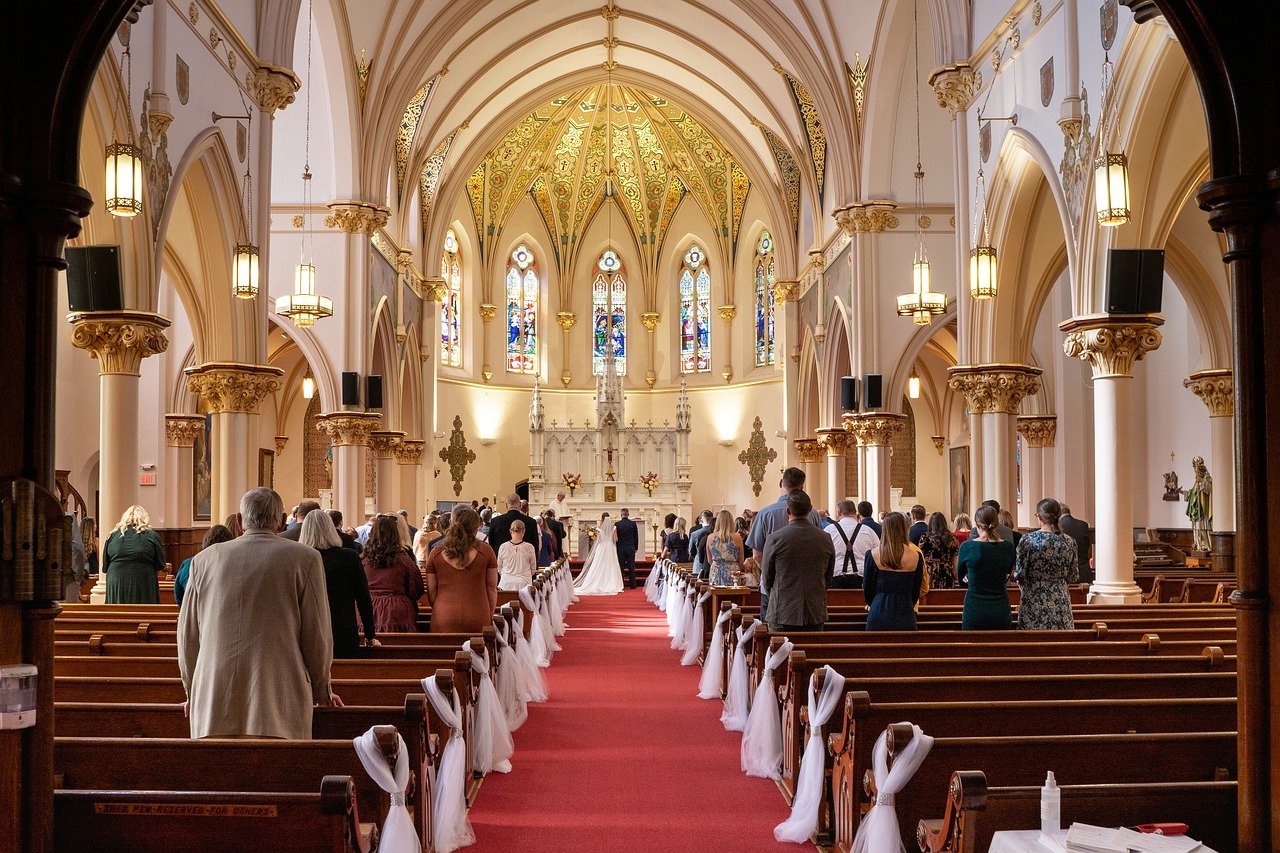Catholic pilgrimage is a profound spiritual journey that has been a significant aspect of the Christian faith for centuries. Rooted in the traditions of the Catholic Church, pilgrimage involves visiting sacred sites and engaging in religious rituals that deepen one’s faith and devotion to God. The journey of faith through pilgrimage provides believers with an opportunity for reflection, prayer, penance, and a deeper connection to the divine. In this article, we will explore the rituals associated with Catholic pilgrimage, the importance of sacred sites, and how this ancient practice continues to shape the Catholic experience today.
The Significance of Catholic Pilgrimage
Pilgrimage in Catholicism is not merely a journey to a distant place; it is a journey of the heart and soul. It represents a deep commitment to God and an act of devotion that goes beyond simple travel. Pilgrims believe that visiting holy sites allows them to experience the presence of God in a special way, offering them the opportunity to seek healing, forgiveness, and spiritual renewal.
Throughout history, Catholic pilgrimage has been an important practice, with many faithful making the journey to various pilgrimage destinations as a way to strengthen their relationship with God and to participate in communal expressions of faith. These sacred sites often hold historical or religious significance, serving as reminders of key events in Christian history or as locations where miracles are believed to have occurred.
Rituals and Practices in Catholic Pilgrimage
Catholic pilgrims participate in various rituals during their pilgrimage, each with spiritual significance. Some of the key rituals include:
1. Prayer and Meditation:
The journey itself is a form of prayer, as pilgrims often engage in regular prayer and meditation throughout their pilgrimage. The act of walking to a holy site can be seen as a form of contemplation, where the pilgrim’s heart and mind focus solely on God. Pilgrims may recite prayers such as the Our Father, Hail Mary, or the Rosary while walking, connecting their physical journey to a deeper spiritual path.
2. Penance and Confession:
Pilgrimage is also an opportunity for Catholics to repent for their sins. Many pilgrims take part in the sacrament of confession before, during, or after their journey, seeking forgiveness and spiritual cleansing. This is a time for reflection on one’s life and a chance to reconcile with God.
3. Participation in Mass:
Attending Mass during a pilgrimage is an essential practice. Many pilgrimage sites have chapels or churches where pilgrims can participate in Mass, receive the Eucharist, and join in communal worship. This communal aspect of the pilgrimage strengthens the bonds of the Catholic community and provides a shared experience of faith.
4. Lighting Candles:
Lighting candles at a holy site is a common ritual among pilgrims. This act is a symbol of offering one’s prayers and intentions to God. Candles are often lit for personal petitions, healing, or the souls of loved ones. The flickering light of the candle represents hope, faith, and the presence of God.
5. Venerating Relics:
Relics are sacred objects associated with saints, martyrs, or significant figures in Christian history. During pilgrimage, Catholics may have the opportunity to venerate relics, such as bones, clothing, or personal items of saints. This act of reverence reminds pilgrims of the holiness and dedication of those who have gone before them in the faith.
Sacred Sites in Catholic Pilgrimage
Catholic pilgrimage sites are scattered across the globe, each holding unique significance. Some of the most famous pilgrimage destinations are:
1. Vatican City:
The heart of the Catholic Church, Vatican City, is home to St. Peter’s Basilica and the tomb of St. Peter, one of the twelve apostles and the first Pope. Pilgrims often visit the Vatican to participate in Mass, receive the Pope’s blessing, and venerate St. Peter’s tomb. The Vatican also offers spiritual guidance and a sense of connection to the global Catholic community.
2. Lourdes, France:
Lourdes is one of the most renowned pilgrimage sites in the world, famous for the reported apparitions of the Virgin Mary in 1858. Pilgrims visit the grotto where these apparitions took place, seeking healing and spiritual solace. The waters of Lourdes are believed to have miraculous powers, and many pilgrims come seeking physical and emotional healing.
3. Santiago de Compostela, Spain:
Santiago de Compostela is the destination of the Camino de Santiago, a historic pilgrimage route that stretches across Europe. Pilgrims walk the Camino for various reasons, including spiritual growth, penance, and the desire to pay homage to St. James, whose remains are believed to be housed in the cathedral in Santiago de Compostela.
4. Fatima, Portugal:
Fatima is known for the Marian apparitions witnessed by three children in 1917. The Sanctuary of Our Lady of Fatima attracts millions of pilgrims who come to pray, reflect, and seek intercession from the Virgin Mary. The site is particularly significant for those seeking peace, healing, and hope.
5. The Holy Land (Israel and Palestine):
For Catholics, visiting the Holy Land is a deeply moving experience. Pilgrims travel to significant sites such as Jerusalem, Bethlehem, and Nazareth to walk in the footsteps of Jesus Christ. These locations are central to the life, death, and resurrection of Christ, making the pilgrimage a powerful journey of faith.
The Modern Relevance of Catholic Pilgrimage
In today’s fast-paced and secular world, the practice of pilgrimage continues to hold profound spiritual value. Pilgrimage offers an opportunity for Catholics to step away from the distractions of daily life and focus solely on their faith. Whether through the quiet contemplation of a sacred site or the communal experience of worship, pilgrimage remains a powerful way for Catholics to deepen their relationship with God.
Many Catholics also undertake pilgrimages for personal reasons, seeking healing, peace, or guidance. In a world full of uncertainty, pilgrimage offers a tangible way to experience God’s presence and grace.
Conclusion
Catholic pilgrimage is a journey of faith that involves sacred rituals, visits to holy sites, and a deep connection to God. Whether walking the Camino de Santiago or visiting the Shrine of Our Lady of Lourdes, pilgrims are reminded of the holiness of the Church and the importance of living a life of faith. In an increasingly secular world, the practice of pilgrimage provides an opportunity for spiritual renewal, penance, and reflection, continuing to inspire and strengthen the Catholic community worldwide. The rituals associated with Catholic pilgrimage, from prayer to the veneration of relics, help deepen the believer’s faith and devotion, making pilgrimage an enduring and sacred practice within the Catholic Church.




